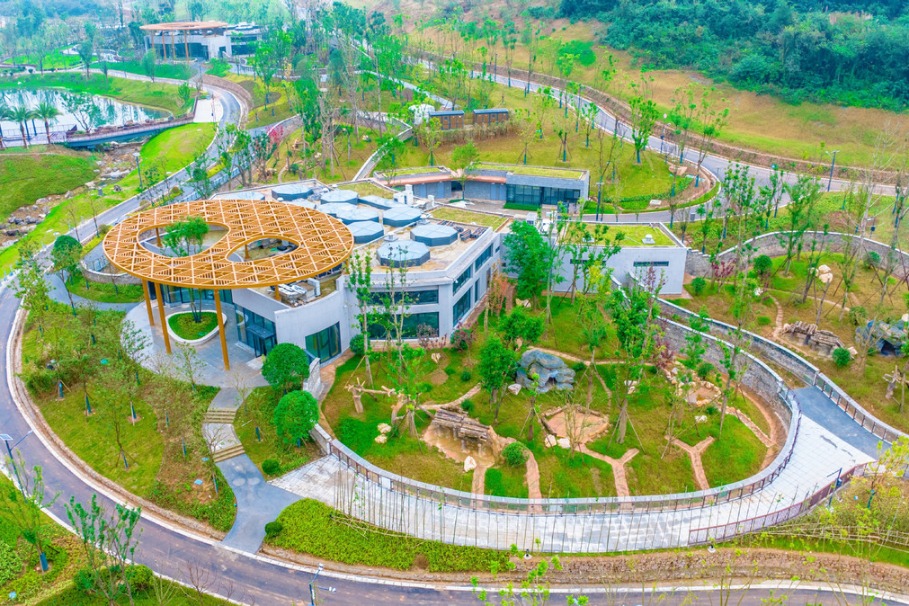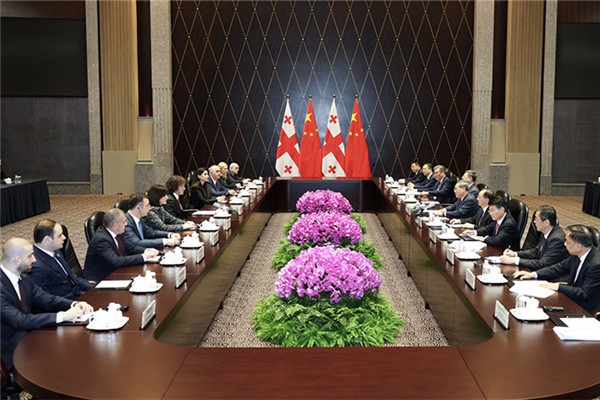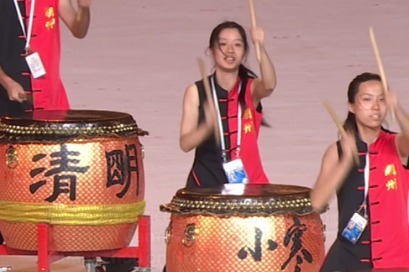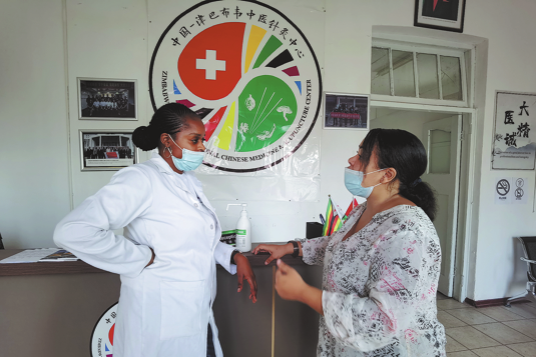China upgrades Shanghai synchrotron light source to boost new quality productive forces

SHANGHAI -- China has upgraded the Shanghai Synchrotron Radiation Facility (SSRF), a key sci-tech infrastructure to reveal the mysteries of the microscopic world. This upgrade is expected to propel the development of new quality productive forces.
The construction of upgrades on the SSRF passed the national inspection and acceptance in East China's Shanghai on Wednesday.
The SSRF, which resembles a nautilus when viewed from above, was officially opened to users on May 6, 2009 as the first third-generation synchrotron light source in China's mainland.
The brightness of the light emitted by the facility is a trillion times higher than that of ordinary X-rays. At the experimental stations of the light source, various samples are illuminated by the synchrotron light, while scientific instruments record information of light-matter interactions. This enables scientists to gain insights into the microscopic world, such as the structure of viruses, and the microscopic architecture and properties of materials, scientists explained.
Construction for upgrades on the SSRF started in November 2016 and was completed in July 2023. It includes 16 state-of-the-art beamlines and experimental stations, auxiliary laboratories, user data centers, support systems and associated facilities, as well as an accelerator performance upgrade, said Tai Renzhong, vice president of the Shanghai Advanced Research Institute of the Chinese Academy of Sciences.
- Southern Ocean releases far more CO2 in winter than previously thought: study
- China-Arab States Forum on Radio and TV opens in Chongqing
- China's Global Mangrove vision takes root in Shenzhen
- Tianwen 1 Mars orbiter captures rare images of interstellar comet 3I/ATLAS
- Qilihai Wetland in North China reports record bird counts, earlier migration
- Milu deer at Qingtongxia Reservoir Wetland Nature Reserve in Ningxia




































